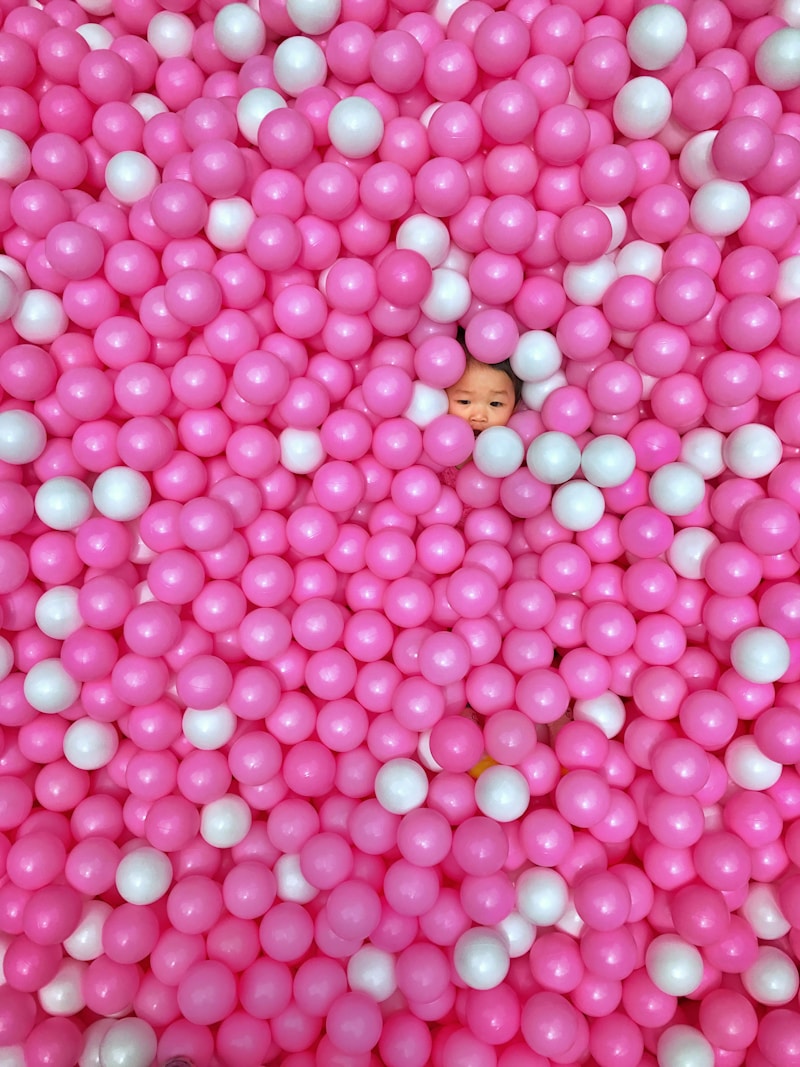Couture Elements in Ball Gown Designs: Creating Timeless Elegance
Understanding the Essence of Couture in Ball Gowns
When it comes to high fashion, the term "couture" evokes images of exquisite craftsmanship and unparalleled design. Ball gowns, which have long been a symbol of elegance and sophistication, often incorporate a myriad of couture elements. In this article, we will explore the key couture elements in ball gown designs, dissect their significance, and provide insights into the latest trends and styles.
What is Couture?
Couture refers to the creation of exclusive custom-fitted clothing. It represents the pinnacle of fashion design, where every piece is crafted with meticulous attention to detail. These garments are often made from high-quality, luxurious fabrics and are significantly more expensive than ready-to-wear clothing. Designers employ various techniques, including hand-stitched embellishments and intricate draping, to produce truly unique pieces.
The Allure of Ball Gowns
Ball gowns have been cherished for centuries, generally characterized by their full skirts and structured bodices. They are primarily worn for formal occasions and have become synonymous with the glamour and grace of high society events. Couture ball gowns, in particular, elevate this classic silhouette by integrating exquisite craftsmanship, luxurious fabrics, and innovative designs.
Key Couture Elements in Ball Gown Designs
In crafting a stunning ball gown, designers often utilize several couture elements. Here are some of the most important ones:
| Element | Description |
| Fabric Selection | Couture gowns typically use high-end materials like silk, taffeta, and organza that add depth and dimension. |
| Silhouette and Structure | The design's shape is crucial; voluminous skirts with fitted bodices enhance the overall aesthetics. |
| Hand Embellishments | Intricate beading, embroidery, and appliqués are often hand-sewn to add a unique touch. |
| Draping Techniques | Expert draping creates movement and flow, lending a whimsical quality to the gown. |
| Color Palette | Couturiers often select unique hues or create custom colors that align with the theme. |
Fabric Selection: The Foundation of Couture
The choice of fabric can make or break a couture ball gown. High-quality materials provide the necessary structure and visual appeal. Fabrics like silk satin give a luxurious feel, while tulle and organza add layers of texture. Moreover, the weight and fall of the fabric contribute significantly to how the gown moves, which is crucial for a dramatic entrance.
Silhouette and Structure: Finding the Perfect Fit
One of the defining features of ball gowns is their silhouette. The classic ball gown silhouette includes a fitted bodice and a flowing skirt, creating a striking hourglass shape. Couture designers experiment with various structures, allowing for variations that suit different body types. Custom fittings ensure that each gown flatters the wearer's figure, enhancing their natural beauty.
Hand Embellishments: Adding Unique Details
Hand embellishments are a hallmark of couture designs. Whether it's beading that catches the light or intricate embroidery that tells a story, these details elevate a gown from ordinary to extraordinary. Many designers take pride in offering personalized options, ensuring that each gown reflects the individuality of the wearer. This personalization not only adds to the gown's charm but also its value.
Draping Techniques: A Dance of Fabric
Masterful draping can transform a simple fabric into a statement piece. Designers utilize various draping techniques that create dimension and movement within the gown. Strategic placement of folds or gathers adds interest and depth, allowing the gown to flow gracefully as the wearer moves. The interplay of draped fabric can evoke different feelings, from romantic to bold, setting the tone for the entire outfit.
Color Palette: Setting the Mood
Choosing the right color is vital in ball gown design. While traditional shades such as white, cream, and pastel hues are popular, modern couture often sees vibrant colors making their mark. Custom dyeing techniques allow designers to craft unique shades that resonate with the wearer's personality. Bold colors can make a powerful statement, while softer tones invoke a sense of romantic elegance.
The Future of Couture Ball Gowns
As fashion continuously evolves, the world of couture ball gowns adapts to reflect new trends and cultural shifts. Sustainability is becoming increasingly significant, with many designers opting for eco-friendly materials and practices. Additionally, with the rise of digital design, some couturiers are exploring innovative techniques to create stunning visual effects without compromising quality.

Frequently Asked Questions (FAQs)
What are the most common types of fabrics used in couture ball gowns?
The most common fabrics include silk, satin, taffeta, organza, and lace. Each fabric offers a unique quality that can enhance the gown's design and fit.
How much does a couture ball gown typically cost?
The price of a couture ball gown can vary greatly, ranging from a few thousand to tens of thousands of dollars, depending on the designer, materials, and intricacy of the design.
Can you customize a couture ball gown?
Yes, one of the defining features of couture fashion is customization. Designers often work closely with clients to create a gown that perfectly fits their vision and body shape.
Are couture gowns suitable for all body types?
Couture gowns are designed to flatter a variety of body types. Designers typically provide custom fittings to ensure that each gown enhances the wearer's silhouette.
Conclusion: Embracing Couture in Ball Gown Designs
Couture elements in ball gown designs are what distinguish them from their ready-to-wear counterparts. The combination of luxurious fabrics, expert draping, meticulous embellishments, and personalized fittings creates breathtaking pieces that tell a story. Whether for a grand ball, wedding, or formal event, opting for a couture ball gown guarantees an unforgettable appearance. When selecting your gown, consider the couture elements that resonate with you, and don’t hesitate to discuss your vision with a designer. Remember, a truly couture gown is more than just clothing; it is an experience of art and elegance.